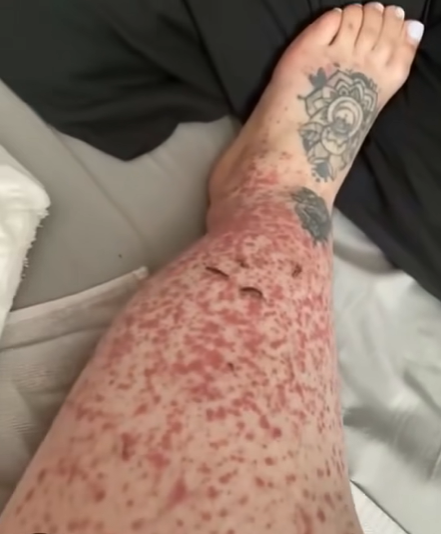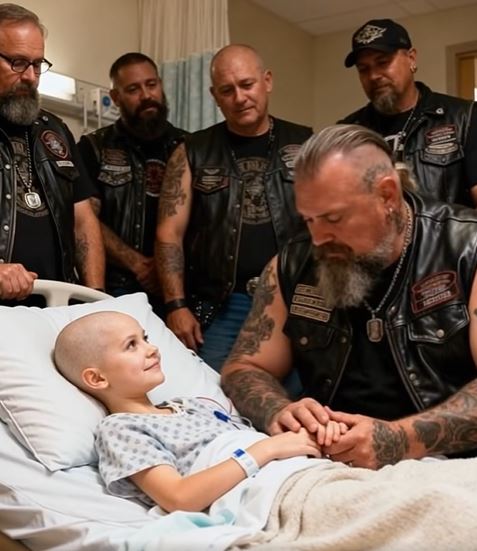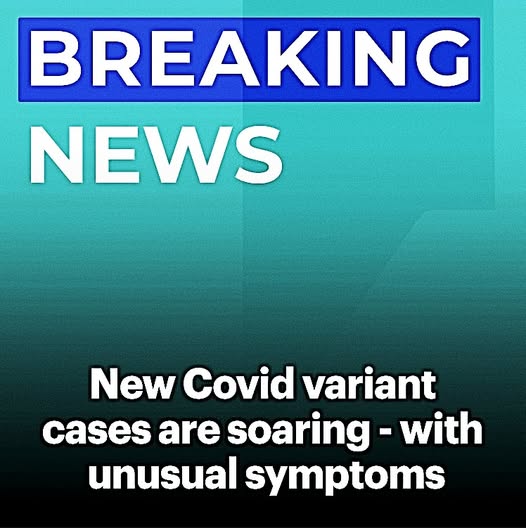Human papillomavirus, or HPV, is often discussed in the context of women’s health, but its impact on men is a significant and underappreciated public health issue. HPV is a group of common viruses, with certain high-risk types known to cause several cancers in men, particularly oropharyngeal (throat) cancer. With the CDC stating that nearly all sexually active individuals will encounter HPV, it’s clear that men are not just carriers; they are directly affected by the potential health consequences.
The challenge with HPV is its silent nature. Transmission occurs easily through intimate skin-to-skin contact, and infections frequently present no symptoms. This means men can be unaware of their status for years, only discovering an infection if a related health issue, like warts or cancer, develops later. This lack of visible signs, combined with societal stigma, often prevents open discussion and proactive health measures. It’s a perfect storm that leaves many men vulnerable and uninformed.
Proactive prevention is the most effective strategy. The HPV vaccine is a safe and powerful way to guard against the most dangerous cancer-causing strains. It is approved for males from pre-teens through to age 45. While condoms reduce transmission risk, they do not offer complete protection because of the virus’s skin-to-skin transmission. Therefore, vaccination and regular health check-ups are cornerstone practices. Expanding the conversation to include men is essential. By normalizing HPV as a common health issue for all genders, we can reduce stigma, encourage vaccination, and ultimately reduce the burden of HPV-related cancers for everyone.


